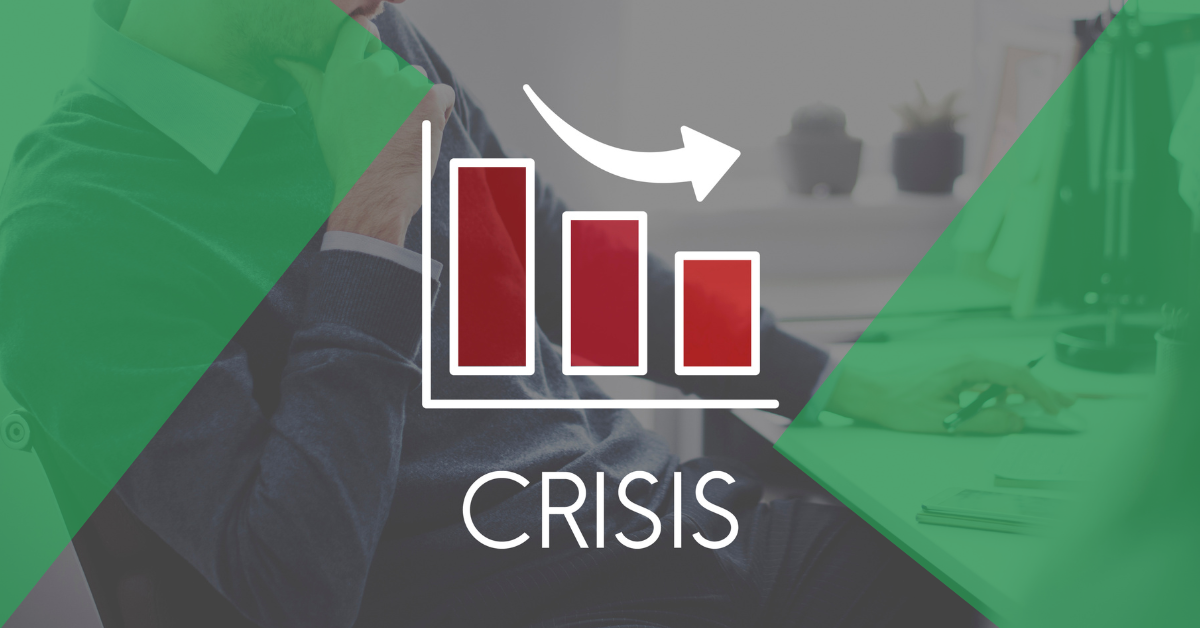Navigating Corporate Risks: Trends and Insurance Responses

Introduction
Do you ever feel like running a business is like walking on a tightrope? That’s because modern companies face many challenges known as corporate risks. But don’t worry! This blog is here to help you understand these risks, new trends, and how insurance can protect your business.
First, let’s define what we mean by “corporate risk.” Simply put anything that could potentially harm your business – financially, legally, or even your reputation. That’s called corporate risk. Identifying and managing these risks is crucial for any company’s success. This blog will help you to do just that!
Understanding Corporate Risks
Corporate risks can harm your business financially, legally, or reputationally. Identifying and managing these risks is crucial for success. Risks come in various forms:
Types of Corporate Risks
Strategic risks can arise from internal weaknesses or external changes in the market, such as disruptive new competitors, changing customer preferences, or economic downturns. Companies must constantly scan the environment and adapt their strategies to stay ahead.
Operational risks stem from internal failures, such as equipment breakdowns, human errors, or natural disasters. Operational solid controls and risk management practices are essential to mitigate these risks.
Financial risks are associated with fluctuations in cash flow, investments, and liabilities, such as interest rate fluctuations, currency exchange rate volatility, or bad debts. Companies can use financial instruments like derivatives and hedging strategies to manage these corporate credit risks.
Compliance risks arise from failing to meet legal or regulatory requirements, such as environmental regulations, data privacy laws, or labor laws. Staying up-to-date on rules and implementing vital compliance programs are crucial to avoid these risks.
Reputational risks such as product recalls, data breaches, or ethical scandals can damage a company’s brand image and public perception. Strong corporate governance practices, ethical decision-making, and effective crisis communication can help mitigate these risks.
Emerging Trends in Corporate Risks
Technological advancements: Create cybersecurity risks, such as sophisticated malware attacks, data breaches caused by increased reliance on cloud storage, and privacy concerns around artificial intelligence and big data.
Globalization: Exposes businesses to supply chain disruptions, like trade wars, political instability in certain regions, and natural disasters impacting geographically dispersed suppliers.
Environmental, Social, and Governance (ESG) issues: Failing to address them can lead to legal trouble and pose reputational risks. Consumers are increasingly looking to support environmentally conscious, socially responsible companies with strong governance practices.
Pandemics: Highlight the importance of business continuity planning, including remote work capabilities, diversified supplier networks, and crisis communication strategies.
Regulatory changes: Staying compliant is key, especially with increasing regulations around data privacy (like GDPR and CCPA) and cybersecurity.
Employee well-being and talent management: Crucial for success, but also pose potential risks. A stressed and disengaged workforce can lead to decreased productivity and higher turnover. Companies must invest in employee well-being programs and develop strong talent management strategies to mitigate these risks.
Impact of Corporate Risks on Businesses
Ignoring risks can lead to:
- Financial losses: Lawsuits and lost productivity due to corporate bond risk.
- Reputational damage: Difficulty attracting customers and talent.
- Legal issues: Compliance failures resulting in fines and penalties.
- Operational disruptions: Crippling your ability to function.
Corporate Risks Solutions
Insurance can be a powerful tool for financially protecting your business from the impact of various corporate risks. Here’s a breakdown of some key types of corporate insurance and how they can help:
- Cyber Insurance: Protects your business from financial losses due to data breaches, cyberattacks, and other cybersecurity incidents. It can cover costs associated with forensic investigations, legal defense, notifying affected individuals and repairing damaged systems.
- Business Interruption Insurance: Provides financial compensation for lost income and expenses if your business operations are disrupted due to a covered event, such as a natural disaster, fire, or power outage. It can help you cover fixed costs like rent and payroll while you get your business back up and running.
- Directors and Officers (D&O) Liability Insurance: Protects directors and officers of a company from personal liability claims arising from alleged wrongful acts in managing the company. This can include claims of breach of fiduciary duty, negligence, or misrepresentation.
- Environmental Liability Insurance: Covers costs associated with environmental cleanup and pollution events caused by your business operations. This can include the cost of removing contaminants from soil and water and fines and penalties imposed by regulatory agencies.
- Key Person Insurance: Provides financial protection to a business in the event of the death, disability, or critical illness of a key employee. The death benefit can be used to cover the cost of recruiting and training a replacement employee and any lost profits due to the key employee’s absence.
Best Practices for Corporate Travel Risk Management
- Identify and Assess Risks: Conduct thorough assessments to identify potential risks and their impact on business operations.
- Develop Risk Mitigation Strategies: Once risks are identified, develop strategies to mitigate or minimize their impact on the organization.
- Create a Crisis Management Plan: Establish protocols and procedures to effectively respond to crises, ensuring swift and decisive action to protect the organization’s interests.
- Regularly Review and Update Risk Management Plans: Continuously monitor and reassess risks, updating risk management plans to address evolving threats and challenges.
- Utilize Insurance as a Risk Transfer Mechanism: Transfer certain risks to insurance providers through comprehensive insurance coverage, providing financial protection against unforeseen events and liabilities.
Conclusion
The business world can feel intimidating these days! New challenges always pop up, and these corporate risks can hurt your financial reputation or even legally land you in hot water.
Remember, running a successful business isn’t just about grabbing opportunities – it’s also about being smart and prepared for the bumps in the road. By taking a proactive approach to risk management, you can ensure your company is ready to navigate the twists and turns of the business world!

